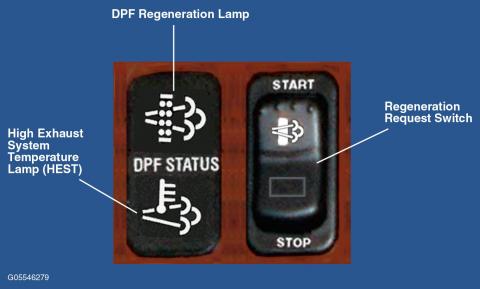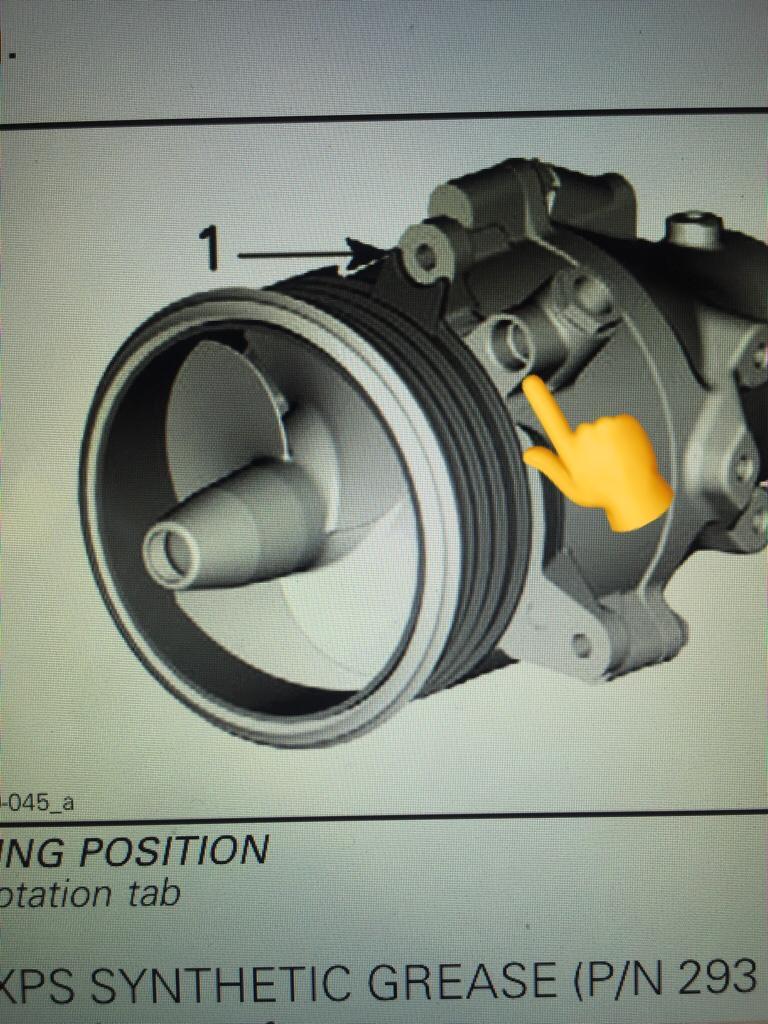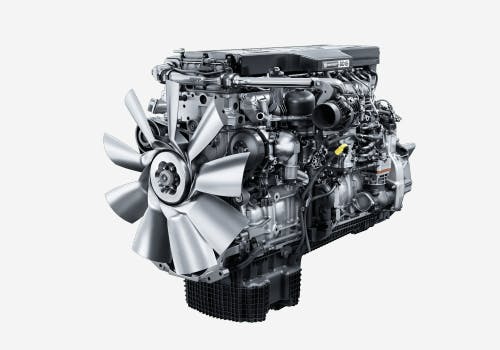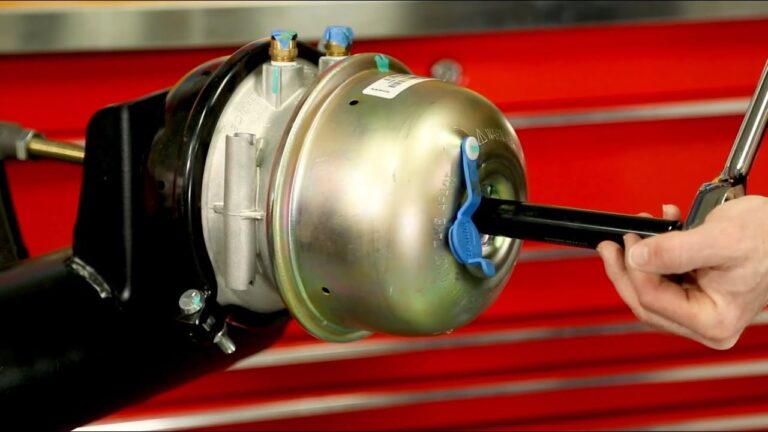
To fix high exhaust temperature, check for clogged/damaged parts, adjust timing setting, and reduce engine load. High exhaust temperature can lead to various engine issues and reduced performance.
It is crucial to address this problem promptly to prevent further damage and maintain engine efficiency. Timely corrective measures can ensure optimal engine functioning and longevity. Additionally, monitoring the exhaust temperature with a pyrometer can aid in identifying and addressing the issue effectively, safeguarding the engine from potential damage.
Regular maintenance and adherence to recommended operating conditions can contribute to the efficient management of exhaust temperature and overall engine performance.

Credit: www.youtube.com
Navigate As You Want: [show]
Identifying High Exhaust Temperature
High exhaust temperature can be a cause for concern as it indicates potential issues with your vehicle’s engine. There are several signs that can help you identify high exhaust temperature. These include excessive black smoke coming out of the exhaust, a burning smell, loss of engine power, and an illuminated high exhaust temperature warning light.
There are various causes for high exhaust temperature, including a lack of air in the combustion chamber, too much load on the engine, excessive fuel injection, incorrect injection timing, faulty injectors, and dirty fuel.
It is important to address high exhaust temperature promptly as it can lead to several dangers. Excessive EGT can cause damage to exhaust manifolds, cylinder heads, and exhaust valves. It can also lead to engine overheating, reduced fuel efficiency, and potential engine failure.

Credit: www.seadooforum.com
Solutions To Reduce High Exhaust Temperature
To fix high exhaust temperature, start by cleaning or replacing clogged/damaged parts in the exhaust system. Adjusting the timing setting can also help in reducing high exhaust temperature. In addition, reducing engine load by lightening the workload on the engine can be effective. Use a pyrometer to monitor exhaust temperature levels and make adjustments accordingly. For more advanced options, consider upgrades such as larger turbos, water injection, and intercoolers to effectively manage and lower exhaust temperatures. These upgrades can significantly improve the engine’s performance and reduce the risk of high exhaust temperature.
Effects Of High Exhaust Temperature On The Engine
High exhaust temperature can have detrimental effects on the engine, such as exhaust manifold and cylinder head cracking, exhaust valve failure, and damage to aluminum engine parts. Excessive exhaust gas temperature can lead to manifold and head cracking, while valves may fail due to high EGT. Furthermore, aluminum components are particularly vulnerable to damage because of their lower softening and melting temperatures when compared to steel or cast iron. Hence, it is crucial to address and rectify high exhaust temperature issues promptly to prevent significant damage to the engine.

Credit: www.augmentir.com
Interpreting High Exhaust Temperature Warning Signs
When it comes to fixing high exhaust temperature, it is important to understand the warning signs. One of the key indicators is the High Exhaust System Temperature Lamp, also known as the HEST lamp. This lamp illuminates when there is a high exhaust temperature condition. It is important to address this issue promptly to avoid any potential damage to the engine.
There are several driving tips that can help manage exhaust temperatures. One tip is to avoid aggressive driving, which can generate excessive heat. Additionally, maintaining proper engine tune-up and regular maintenance can help prevent high exhaust temperatures. Other factors that can contribute to high exhaust temperature include a lack of air in the combustion chamber, too much load on the engine, incorrect fuel injection timing, and faulty injectors.
In conclusion, understanding the warning signs of high exhaust temperature and implementing driving tips to manage it can help prevent potential engine damage. By addressing the issue promptly and taking necessary precautions, you can keep your vehicle running smoothly and efficiently.
| Warning Signs | Driving Tips |
|---|---|
| – High Exhaust System Temperature Lamp | – Avoid aggressive driving |
| – Excessive heat | – Maintain proper engine tune-up |
| – Lack of air in the combustion chamber | – Regular maintenance |
| – Too much load on the engine | – Correct fuel injection timing |
| – Incorrect fuel injection timing | – Check for faulty injectors |
Preventive Measures For High Exhaust Temperature
- Regular Maintenance Checks: Ensure timely inspections and servicing of exhaust components.
- Monitoring EGTs: Regularly monitor and analyze Exhaust Gas Temperatures to detect anomalies.
- Proper Fuel Injection and Timing: Optimize fuel injection and timing for efficient combustion.
- Ensuring Sufficient Airflow: Maintain clean air filters and proper ventilation for optimal airflow.
- Professional Consultation for Persistent Issues: Seek expert advice for ongoing high exhaust temperature concerns.
Frequently Asked Questions For How To Fix High Exhaust Temperature
How Do I Lower My Exhaust Temp?
To lower exhaust temp, consider upgrading to larger turbos, water injection, or aftermarket intercoolers. Alternatively, opt for a Manta Performance exhaust system for cost-effective solutions.
What Can Cause High Exhaust Temperature?
High exhaust temperature can be caused by factors such as lack of air in the combustion chamber, too much load on the engine, too much fuel being injected, incorrect injection timing, incorrect valve timing, faulty injectors, and dirty fuel.
What To Do When High Exhaust Temp Light Comes On?
When the high exhaust temp light comes on, reduce engine load and clean or replace clogged parts. Adjust timing settings and use a pyrometer to monitor temperatures. If the issue persists, consult a professional for further diagnostics and repairs.
What Happens If Exhaust Gas Temperature Is Too Hot?
When exhaust gas temperature is too hot, it can cause exhaust manifold and cylinder head cracking, as well as exhaust valve failure. High EGT can also damage aluminum engine parts, as aluminum softens at a lower temperature than steel or cast iron.
Conclusion
High exhaust temperatures can be a cause for concern as they can lead to engine damage and reduced performance. To fix this issue, it is important to clean or replace clogged or damaged parts, adjust timing settings, reduce engine load, and monitor temperatures using a pyrometer.
While larger turbos, water injection, and aftermarket intercoolers are expensive solutions, a more affordable option is to invest in a Manta Performance exhaust system, which can effectively lower exhaust temperatures and improve vehicle performance. By taking these steps, you can address high exhaust temperatures and ensure the optimal functioning of your engine.



